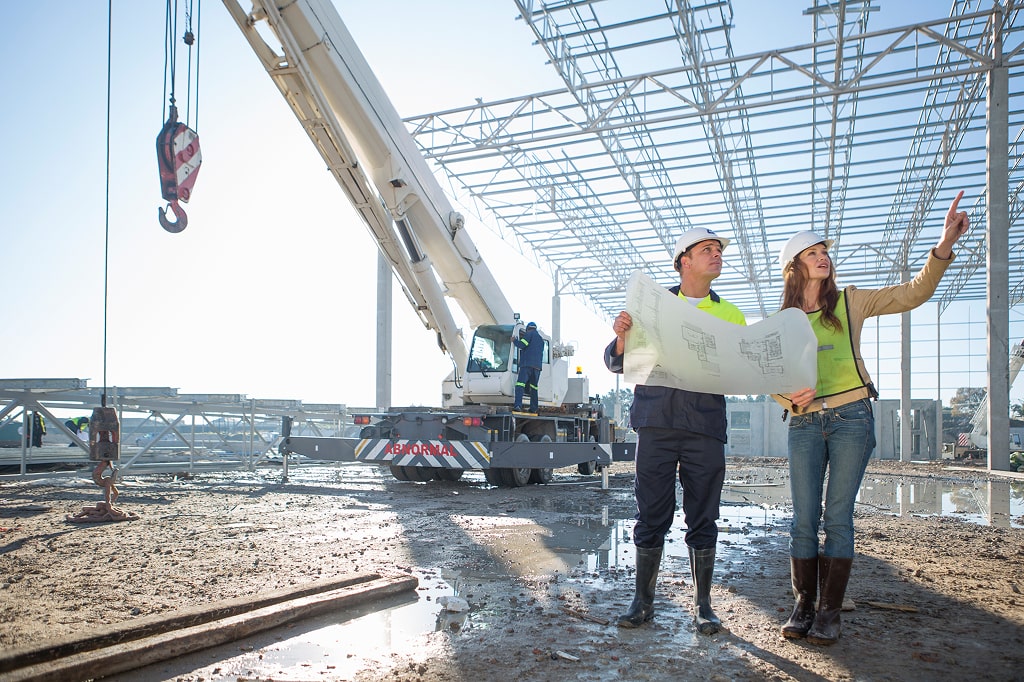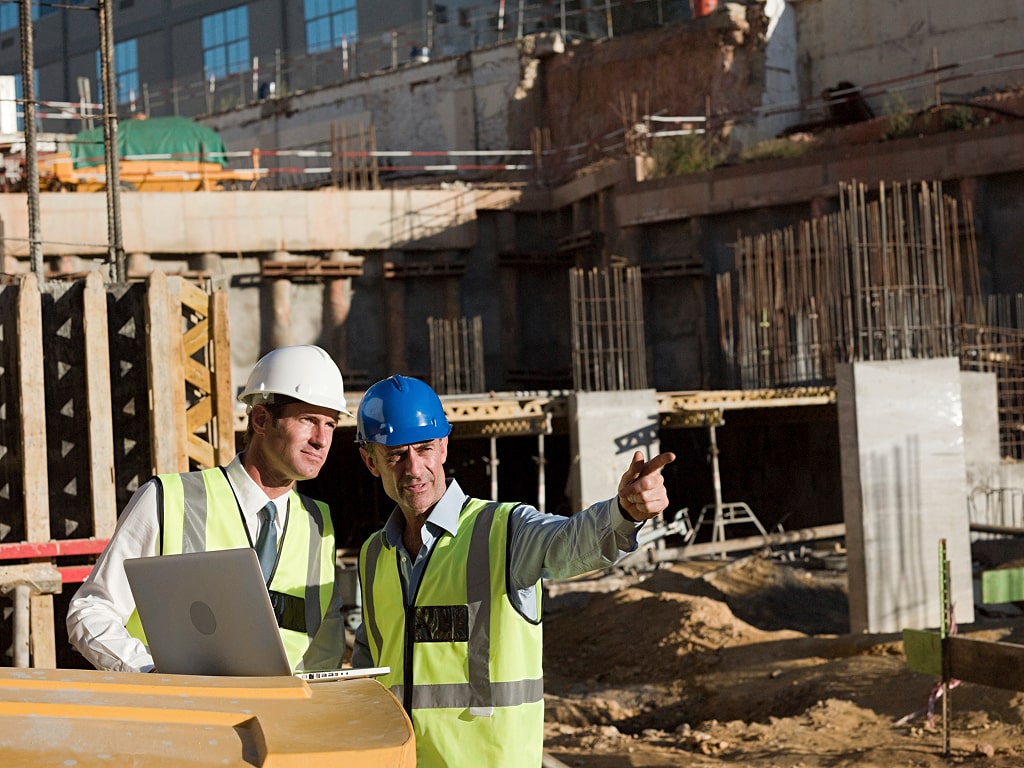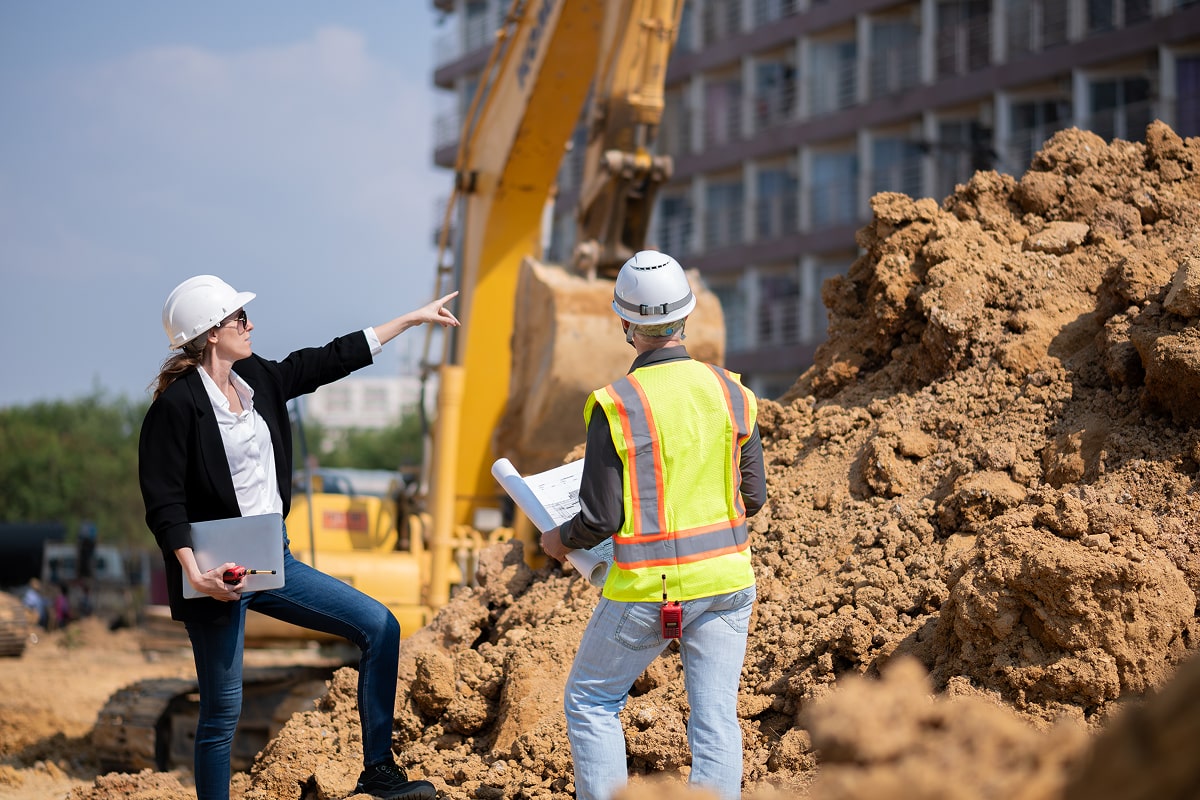Accidents on construction sites can bring work to a halt and cause lasting consequences. A single mistake may lead to injuries, delays, legal issues, or even the closure of a project.
Construction remains one of the most high-risk industries in the UK, and with projects growing larger and more complex in 2025, the need for strong safety practices is greater than ever.
Health and safety audits play a crucial role in addressing these risks. They are not just a formality; they protect workers, reduce costs, and keep projects moving without disruption.
For businesses aiming to build with confidence, these audits are essential.
The Construction Consultants help companies carry out thorough audits that make sites safer, more efficient, and fully compliant with UK regulations.
Why Health and Safety Audits Matter in 2025
Construction sites are busy places. Heavy machinery, temporary structures, tight deadlines, and different teams working at the same time all raise the risk of things going wrong.
Health and safety audits act like a safeguard, making sure risks are spotted before they cause accidents.
There are three main reasons audits matter more in 2025 than ever before
- Rising risks
Projects are growing in scale, with complex designs and tighter programmes. The bigger the site, the bigger the chance something can go wrong.
- Stronger enforcement
The UK Health and Safety Executive (HSE) has made clear that fines and legal action will continue for companies that fail to protect staff.
- Reputation on the line
Clients, insurers, and the public expect high safety standards. Poor records damage trust.
According to HSE statistics, construction still accounts for around a quarter of all UK workplace deaths each year. That figure alone highlights why regular health and safety audits are critical.
What Do Health and Safety Audits Cover on a Construction Site?

Health and safety audits are wide-ranging. They go through every part of a site to ensure nothing is overlooked.
- Risk Assessments and Site Inspections
Audits check whether risks have been properly assessed and if site conditions are safe. Slips, trips, falls, and poor access routes are all flagged.
- Training and Worker Awareness
It’s not enough to have rules written down. Audits look at whether workers understand safety procedures and if training records are up to date.
- Equipment and Machinery Checks
Faulty equipment can stop a project in its tracks. Audits make sure machinery, scaffolding, and tools are regularly checked and safe to use.
- Compliance with UK Law
Audits ensure projects follow the Construction (Design and Management) Regulations 2015, HSE rules, and insurance requirements. This reduces the risk of penalties and delays.
In short, audits look at people, processes, and equipment together.
How Can Health and Safety Audits Prevent Accidents?
The best way to deal with an accident is to stop it from happening in the first place. Health and safety audits work by
- Identifying risks early and putting fixes in place.
- Checking that personal protective equipment (PPE) is available and used correctly.
- Reviewing emergency plans so workers know what to do if something happens.
- Ensuring site signage is clear and visible to everyone.
For example, a health and safety audit might pick up a missing guardrail on scaffolding. Fixing that small issue can prevent a serious fall. These small wins build up to safer, more reliable projects.
Why Delays and Cost Overruns Are Linked to Safety Gaps
Many project managers think of safety as a cost. The truth is the opposite. Poor safety is what really drains budgets.
- Unsafe sites often face work stoppages while issues are fixed.
- Accidents bring investigations, fines, and sometimes court cases.
- Injuries affect staff morale and productivity.
A study by the Chartered Institute of Building (CIOB) found that delays are often linked to poor planning and safety oversights. In other words, the time spent on health and safety audits pays back many times over.
What Are the Key Steps in a Modern Health and Safety Audit?

Health and safety audits usually follow a clear process
- Planning the Audit
Agreeing on the scope, identifying risk areas, and setting up a timeline.
- On-Site Inspections
Walking through the site, checking equipment, speaking to workers, and reviewing documents.
- Reporting and Recommendations
Creating a clear report that points out issues, ranks risks, and suggests improvements.
- Follow-Up Checks
Confirming fixes have been made and standards are being kept.
This step-by-step process ensures nothing slips through the cracks.
How Often Should Health and Safety Audits Be Carried Out?
Health and safety audits should not be a once-a-year exercise. The frequency depends on
- Routine checks – Regular site audits every few months.
- Project-specific checks – New audits whenever a major stage begins.
- After incidents – If something goes wrong, a fresh audit identifies what failed.
The HSE recommends regular reviews as part of ongoing risk management. Waiting too long between audits leaves dangerous gaps.
What Happens If a Site Fails a Health and Safety Audit?
Failing an audit is not the end of the world, unless the issues are ignored.
Common problems include
- Missing paperwork.
- Poorly maintained equipment.
- Lack of PPE use.
- Incomplete training records.
When a site fails, the response should be quick. Fix the issues, retrain staff if needed, and keep records of improvements. Ignoring the findings can lead to serious legal and financial trouble. Consultants can help sites get back on track fast.
Why Work with Professional Health and Safety Consultants?
Internal teams can handle some checks, but external consultants bring added value.
- They provide fresh eyes, spotting issues that internal staff may overlook.
- They stay up to date with UK legislation, which changes often.
- They offer clear, independent advice without workplace politics getting in the way.
Working with consultants like The Construction Consultants makes audits smoother, clearer, and more effective.
How Technology Is Shaping Health and Safety Audits in 2025
Technology is changing how audits are carried out
- Drones can safely inspect roofs, scaffolding, and hard-to-reach areas.
- Digital reporting tools mean findings are recorded and shared instantly.
- AI systems can spot patterns in safety data and predict risks before they happen.
According to a report from Construction News, digital safety tools are being adopted across the UK to improve accuracy and reduce risks.
What to Look for in a Health and Safety Audit Provider
Not all providers are equal. When choosing who to work with, check for
- Proper accreditation and qualifications.
- Strong UK construction experience.
- Clear communication and easy-to-read reports.
- A record of helping projects improve quickly.
When these qualities are in place, companies can trust their audit provider to keep sites safe. That’s why many businesses work with The Construction Consultants for support.
Why 2025 Is the Right Time to Strengthen Your Safety Strategy
Construction is changing. Clients demand safer, greener, more efficient projects. Insurers look closely at safety records before giving cover. Regulators are watching closely.
Firms that act now to strengthen safety will
- Avoid fines.
- Win more client trust.
- Keep projects on time and budget.
- Leaving safety as an afterthought is no longer an option.
Key Takeaways on Health and Safety Audits for Construction
- Health and safety audits protect people and save money.
- Regular audits stop small issues from turning into big accidents.
- Safer sites mean fewer delays and smoother projects.
- Professional support helps companies stay compliant with UK laws.
Building a Safer Future with the Right Support
Construction is about more than bricks and steel. It’s about people. Keeping workers safe is the first step to building projects that last. Health and safety audits are the backbone of that effort.
The best companies know safety is not a burden. It’s a way to protect lives, avoid costly mistakes, and finish projects with confidence. As 2025 brings bigger demands and tighter rules, now is the time to take audits seriously.
The Construction Consultants help companies carry out detailed health and safety audits, giving them the clarity and confidence they need to run safe and successful sites. With the right support, you can build smarter, safer, and stronger for the future.

